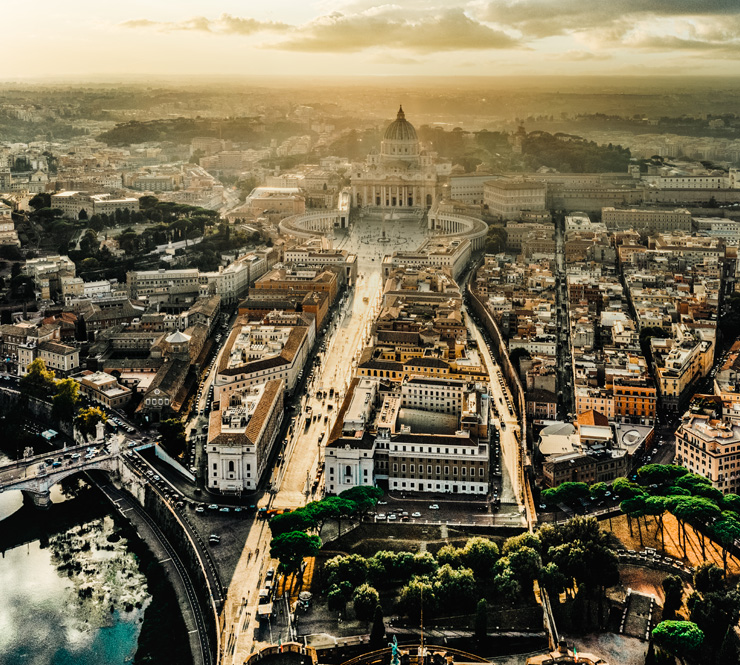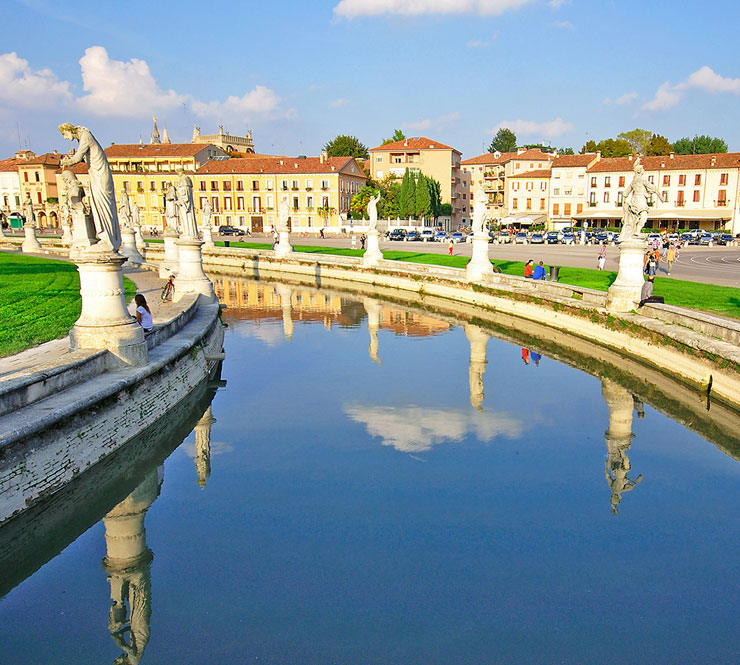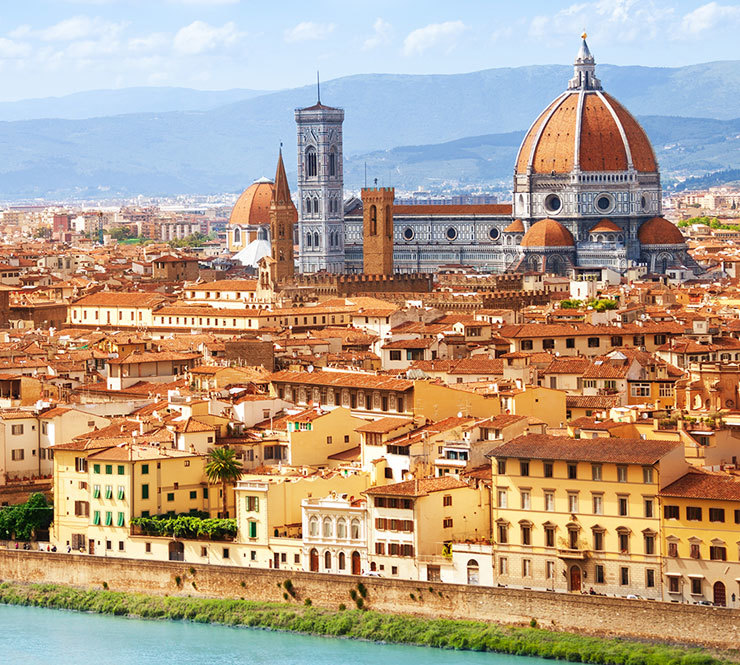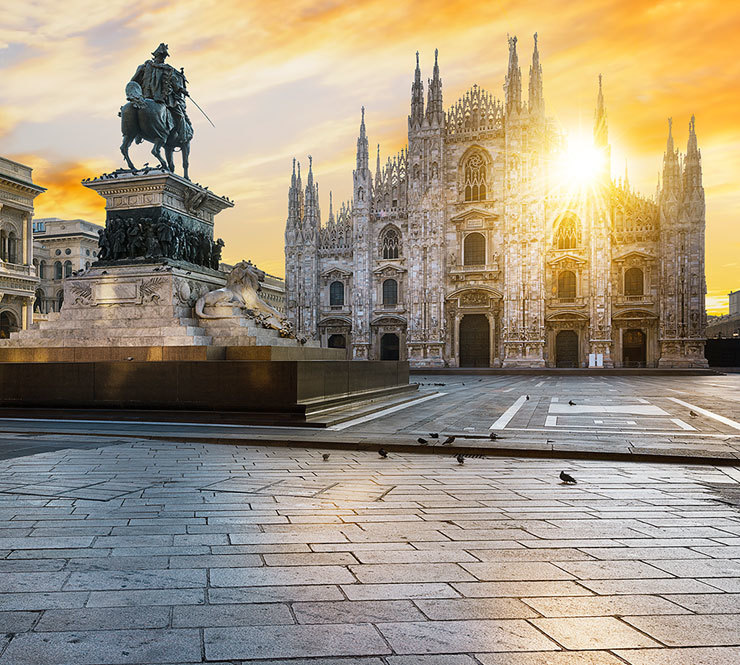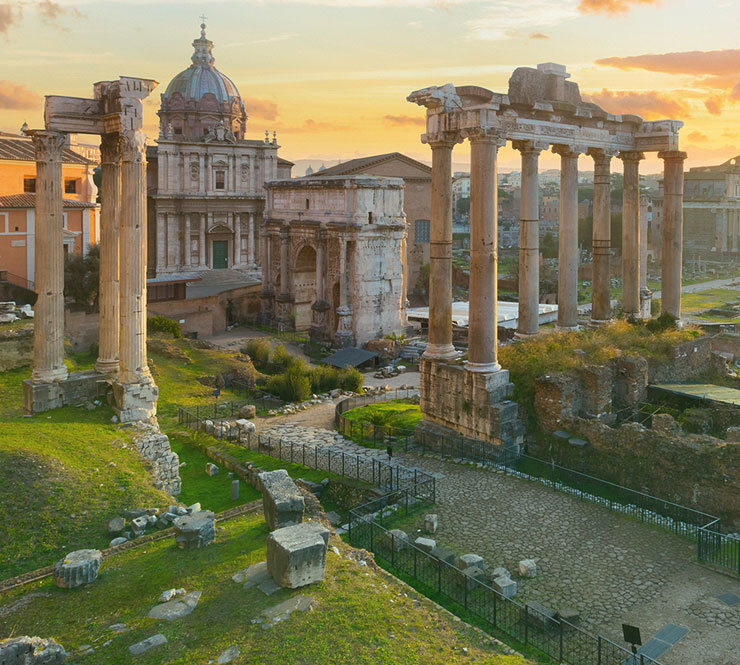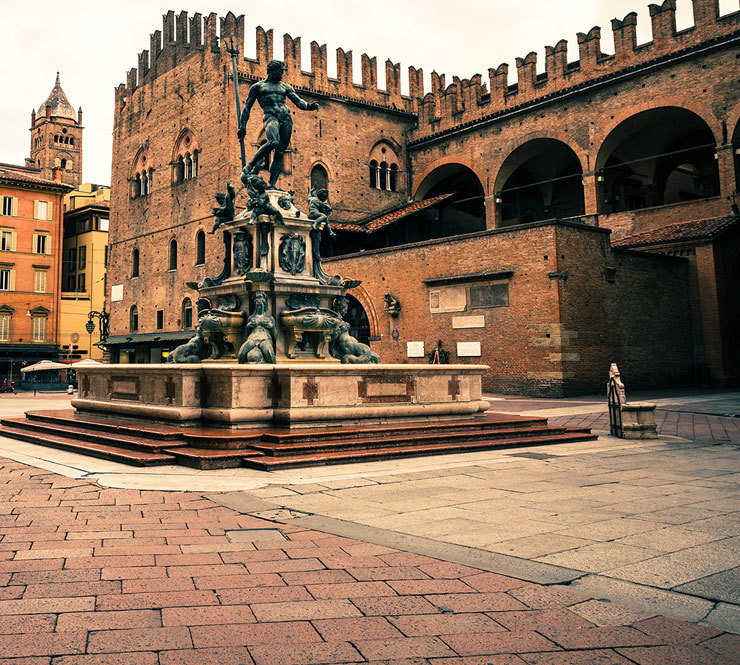COURSE DETAIL
The course provides basic knowledge of modern and contemporary psychoanalysis as a model of human mind, as tool for understanding psychopathological processes, and as a psychotherapeutic treatment. At the end of the course, students: a) know major psychodynamic theories of mental functioning and development; b) handle basic psychoanalytic assumptions concerning the nature of psychopathology and its treatment; c) understand current evolutions of psychodynamic psychology (e.g., single case tradition vs. empirical research; relationship between psychoanalysis and neuroscience; process and outcome research on evidence-based psychodynamic psychotherapies).
COURSE DETAIL
This course is part of the Laurea Magistrale degree program and is intended for advanced level students. Enrolment is by permission of the instructor.
The student is expected to learn the frameworks of visual art produced by artists from the last decades and living today. In this perspective, contemporary art responds to a global system that is culturally diverse, multifaced, and technologically advanced. This ample focus wants to evidence critical methods for the comprehension of various contemporary art styles, through developing a deep understanding of their historical background. At the end of the course, the student is able to apply methodologies for analyzing works of art and examine the contemporary art scenario.
This course is an exploration of contemporary visual art forms and their international cultural connections for the student with little experience in the visual arts and history of contemporary art. It includes a brief study of art history of the last three decades, and in-depth studies of the elements, media, and methods used in creative thought and processes. The course takes into the latest visual expanded scenarios in which visual art is engaged with sociological and anthropological practices of now. The course underlines the many possibilities of our postmodern and post-contemporary actuality inside and outside the museum. This course defines the meaning of aesthetics and its relationship to cultural conventions, describes specific processes used by visual artists, art as a social activity and a singular creative act, historical forms of artistic training.
This course develops in three fundamental moments. The first unit (10 hours) introduces a theoretical deepening in order to identify the Contemporary Art History. The second unit (10 hours) is dedicated to deepening of some contents of contemporary art. The third unit (10 hours) is an immersive experience into different artistic spaces (galleries, museum, art association, temporary art practices), including the city, where it’s possible now to meet contemporary art.
COURSE DETAIL
This course is part of the Laurea Magistrale degree program and is intended for advanced level students. Enrollment is by permission of the instructor. The course focuses on two main topics: summary of fundamentals (deformation, stress and strain, porosity and permeability, brittle and ductile regimes, kinematic and dynamic approach to deformation), and faults and fault-related structures (fault core vs. damage zone; permeability changes along and across fault zones; basic elements of discrete fracture modelling.)
This course provides an overview of the role deformation plays in both the genesis and spatial distribution of ore deposits. This is done by combining traditional class lectures and lab style exercises with seminar-style classes based on reading and student presentations and a few days directly at the outcrop. This combined approach allows students to develop theoretical and practical skills related to asking and assessing scientific questions as well as summarizing and presenting the results of scientific studies dealing with the role exerted by rock deformation and fluid/rock interaction in deformed contexts. The course reviews the concepts, theoretical knowledge and techniques of Structural Geology that are relevant to understanding ore genesis and exploration of ore deposits. It also provides hands-on field work to help strengthen the theoretical knowledge and provide the students with a solid understanding of the involved mechanisms and processes. Students thereby learn the simple principles of “Structural Control” and how to elaborate the best practices for structural data collection and analysis in mineral exploration and mining.
In Spring 2025, there is a 5-day field trip to the Island of Elba and southern Tuscany, which exposes students to outstanding examples of hydrothermal deposits. Fieldwork is used to unravel and constrain the genetic relationships between brittle deformation, fluid ingress, and flow and ore genesis.
Pagination
- Previous page
- Page 7
- Next page

